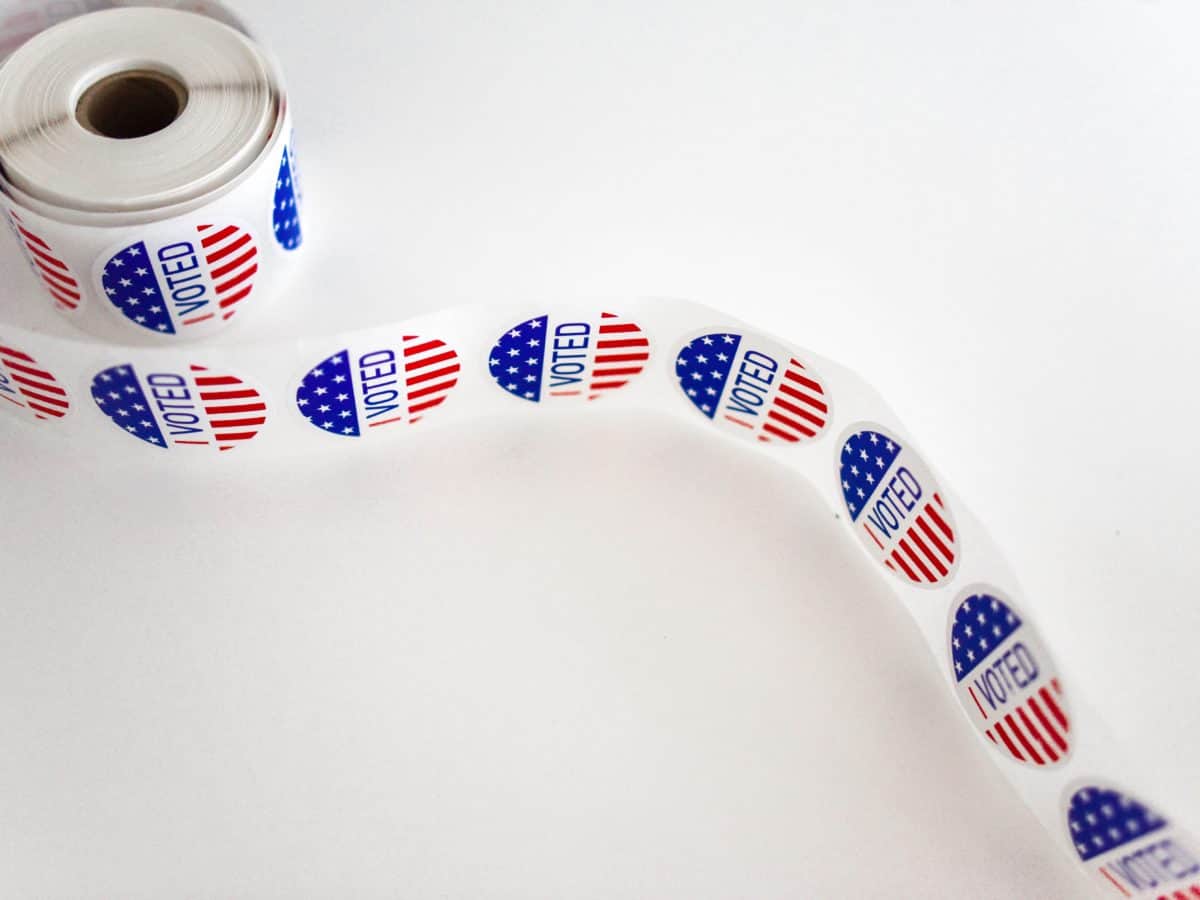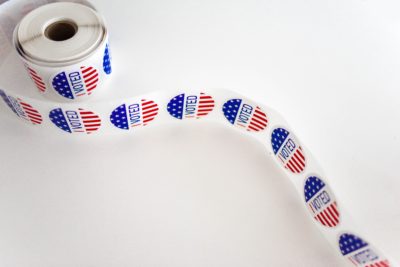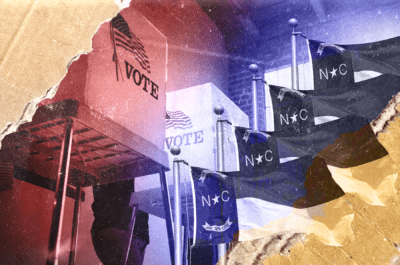
|
|
Early voting is underway in North Carolina as of Oct. 17, and as in any presidential election year, a lot of focus in the media and at the dinner table is on the top of the ticket. This leaves scarce attention for important yet easily overshadowed races, such as local school board races.
School board meetings have seen a surge of national attention recently. Spurred by the pandemic, meetings are frequently streamed online and recorded. As they have increasingly become the setting of choice for viral clips and battlegrounds for so-called “culture war” issues, school board meetings and the duties of school boards have been thrust into the spotlight.
But school boards have long been integral to the basic function of public schools. The North Carolina State Constitution enshrines the explicit right to “the privilege of education” and the boards of the 115 public school districts are critical in providing that education.
The North Carolina School Boards Association (NCSBA) provides five general primary duties for school boards:
- Providing every child with the opportunity to receive a “sound basic education” during a minimum of 185 days or 1,025 hours of instruction covering at least nine calendar months;
- Setting educational policy within the limits of its authority and overseeing the implementation of its policies and the state’s educational program;
- Making decisions about the superintendent’s personnel recommendations;
- Managing the financial affairs of the unit; and
- Providing adequate school facilities.
In short, school boards’ duties include hiring the superintendent, designating a budget, approving a curriculum, and deciding school policies. And notably, members of school boards are representatives of citizens in their district.
Which districts have elections?
EdNC analyzed North Carolina State Board of Election (NCSBE) data on candidate listings to determine how many school board seats are up for election this November and whether or not the elections are partisan. Our analysis found that North Carolina has 292 school board seats up for election this November across 87 school districts.
Different districts have different ways of electing their board members. Some run “at-large” elections in which board seats are district-wide, and others have seats tied to sub-districts that restrict voting to those living within the area. Some districts have both types of seats.
Additionally, some districts run nonpartisan elections while others are partisan. This year, 52 districts are holding partisan elections versus 41 in 2022. Prior to 2013, there were only 10 partisan school districts in North Carolina.
The map below shows that the vast majority of school districts have at least one school board seat up for election this year and which districts are partisan/non-partisan.
You can access the data used in the map here, or in the spreadsheet below.
To find specific information on school board candidates, you can visit the NCSBE website, where you can view your sample ballot and check your voter registration through the voter search. Once you’ve selected yourself from the results, scroll down to the “Your Sample Ballot” section and view your ballot — school board elections in your district (if there are any) will appear on your ballot. You can also visit your local county board of elections website for more information about early voting locations.
Early in-person voting began Oct. 17 and ends Nov. 2. Election Day is Tuesday, Nov. 5, at your assigned polling place. You can learn more here.





